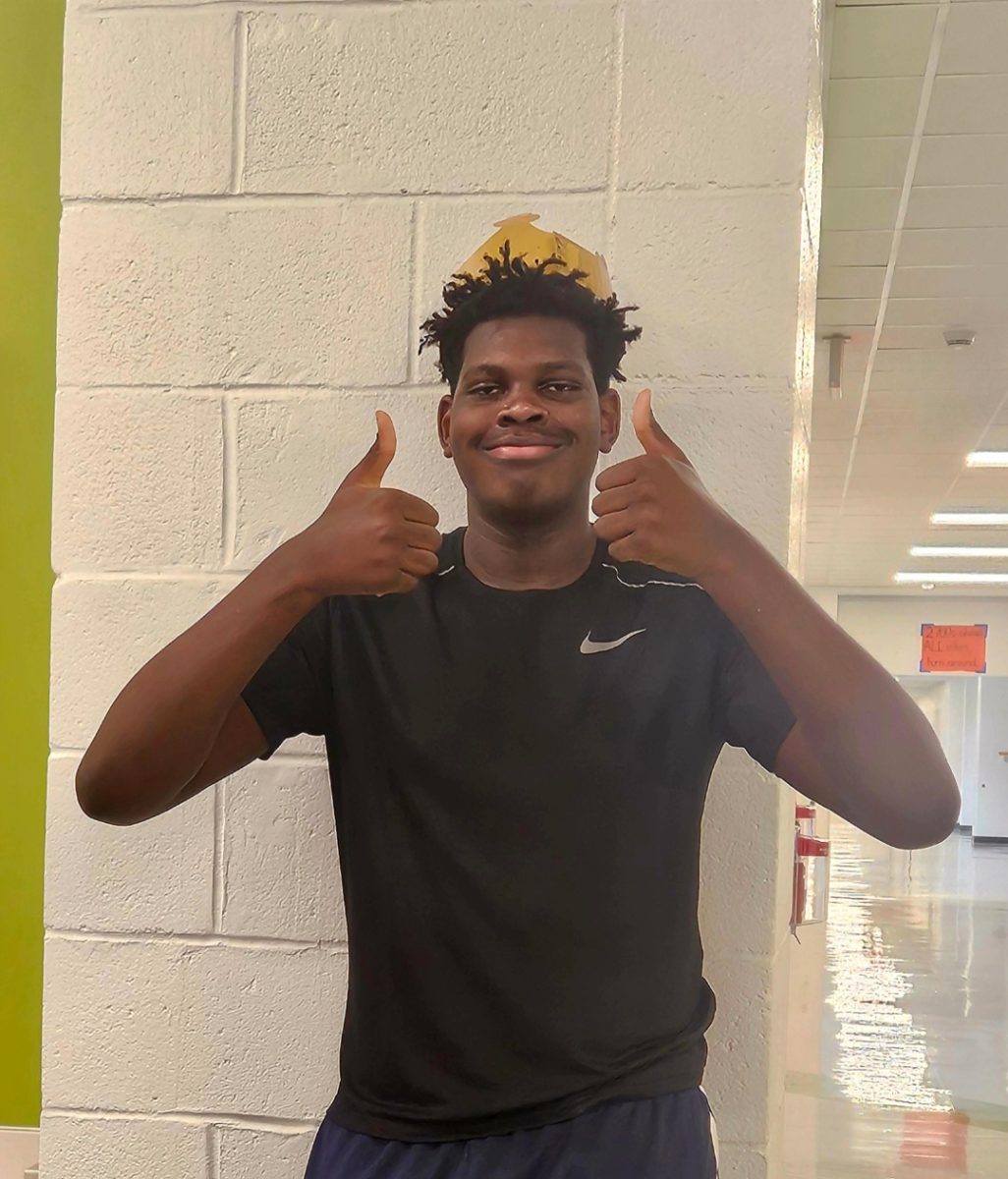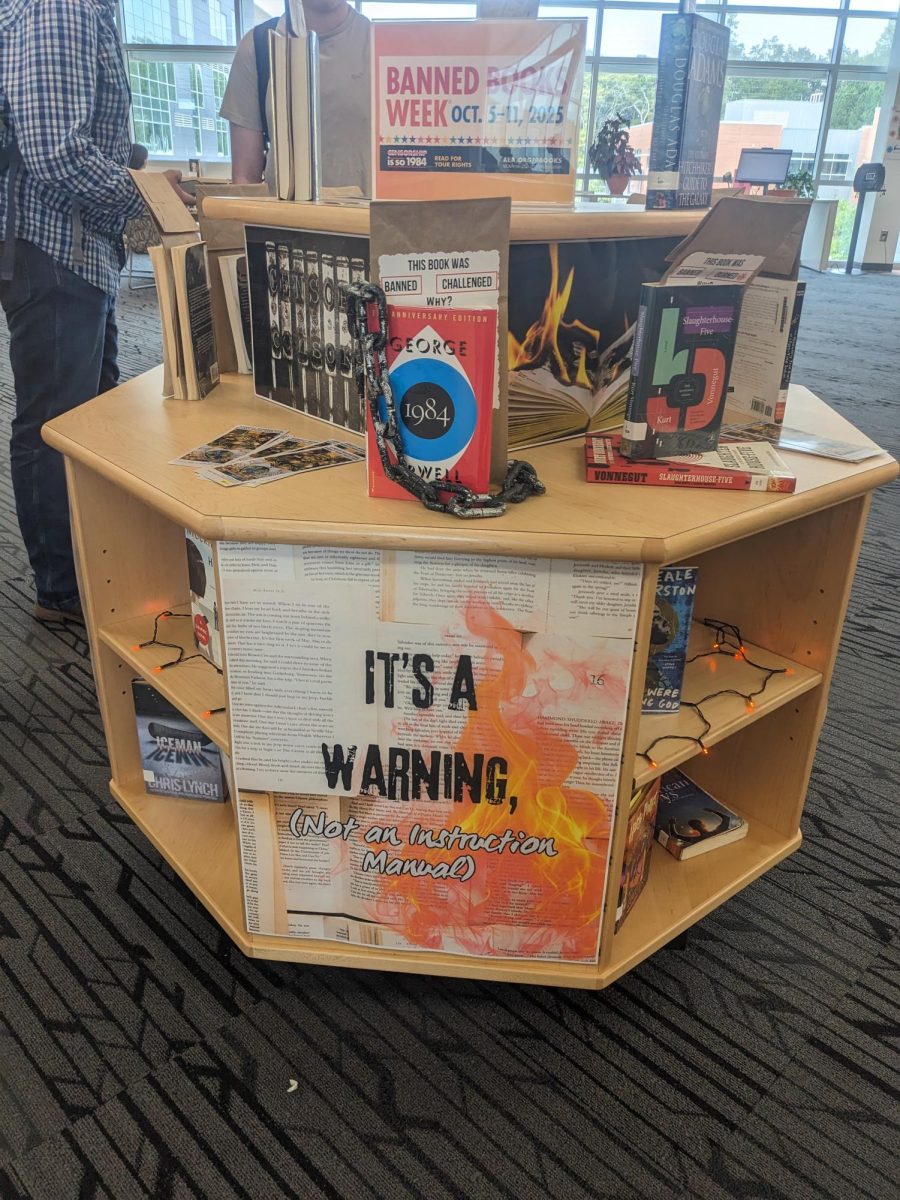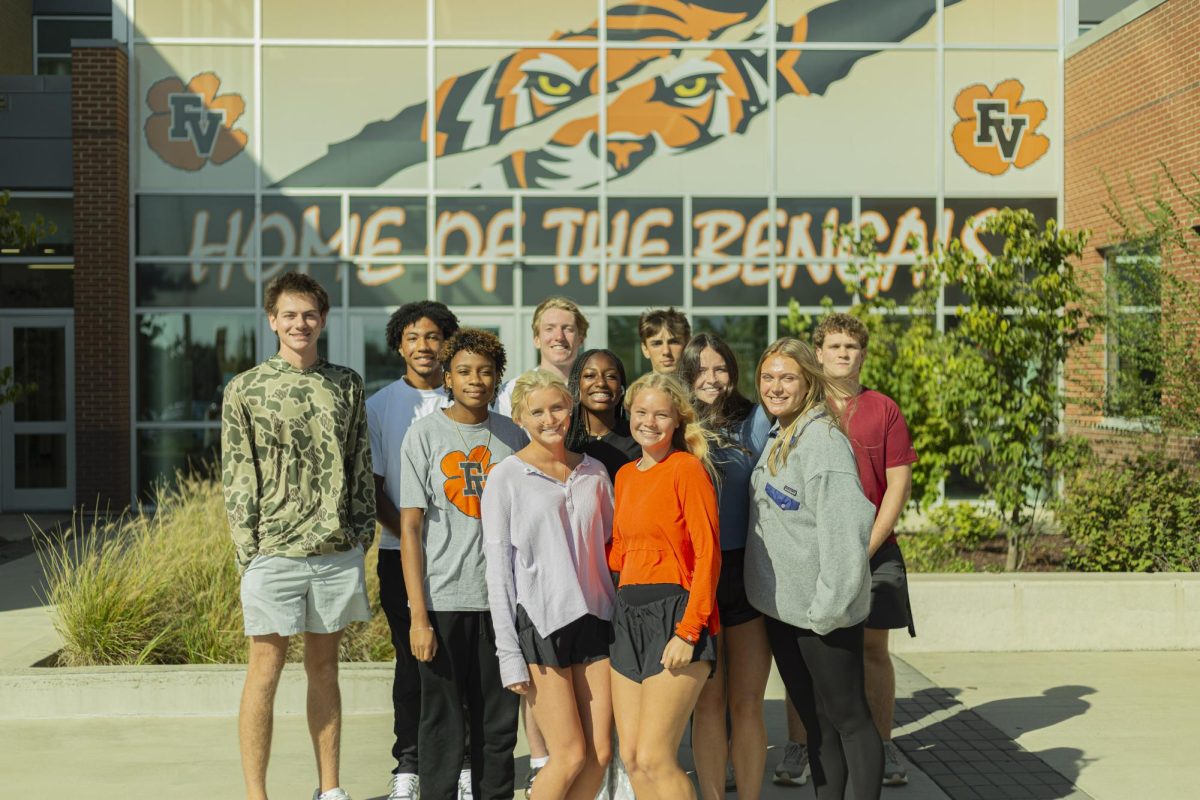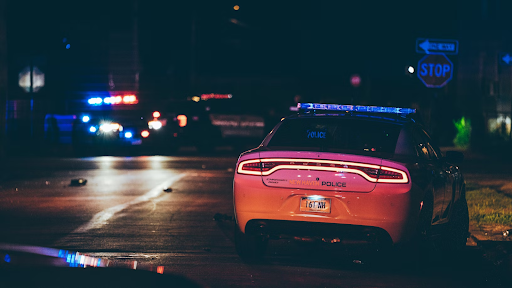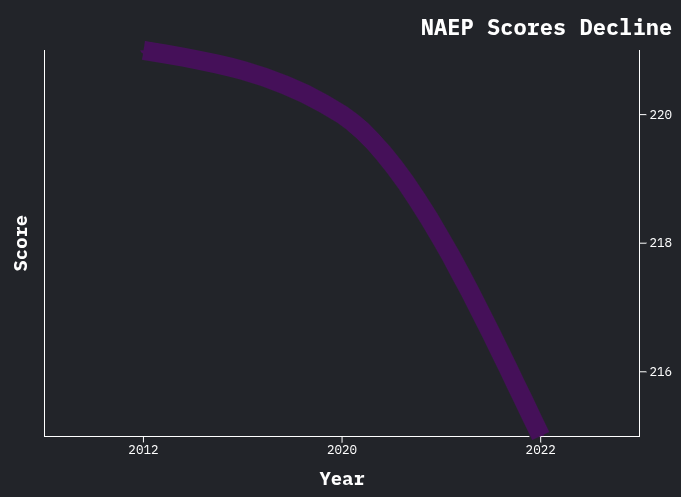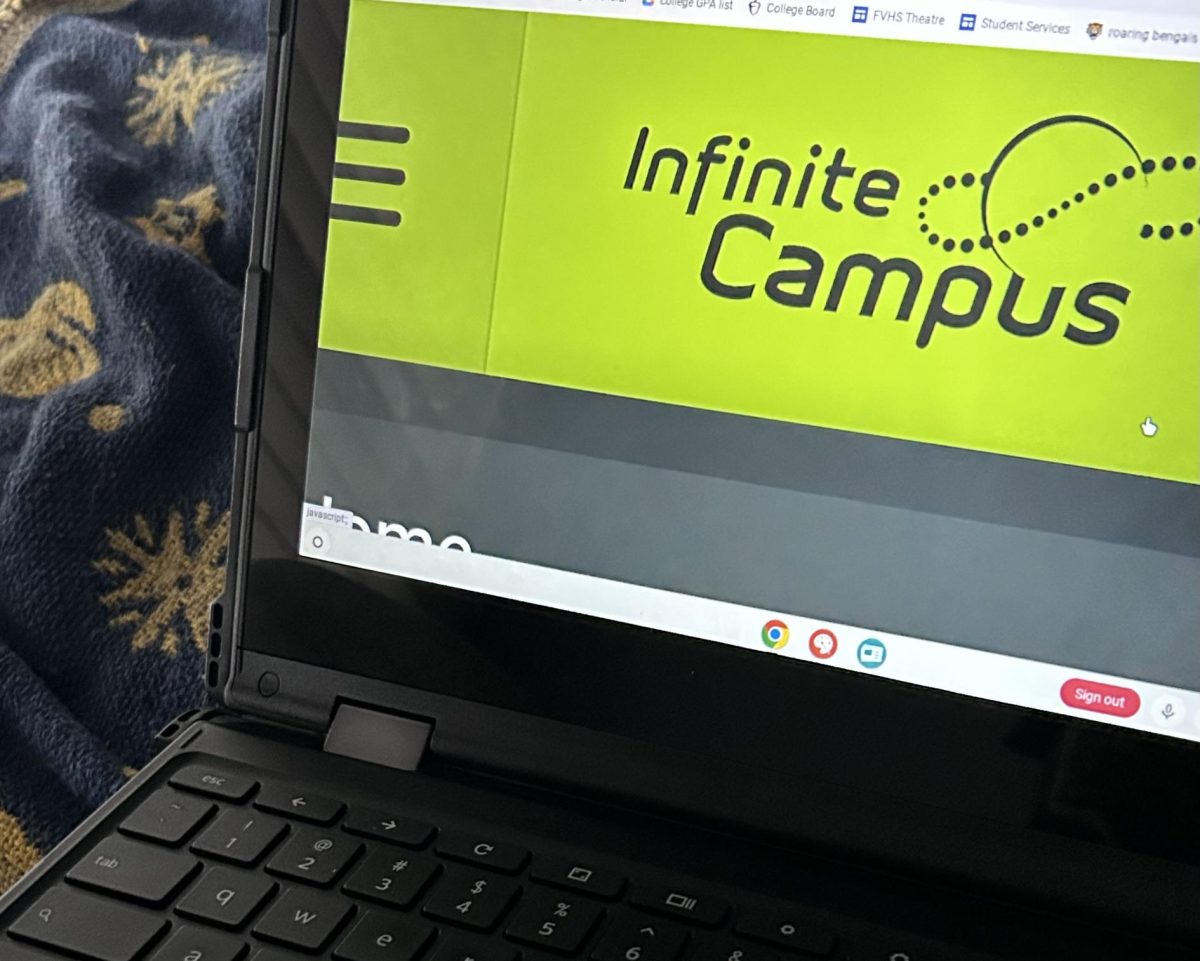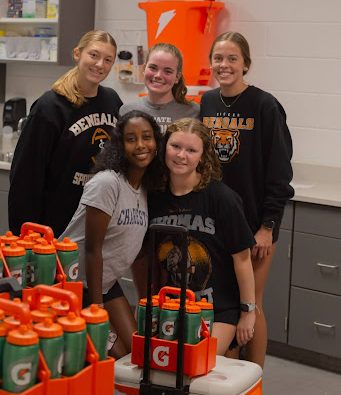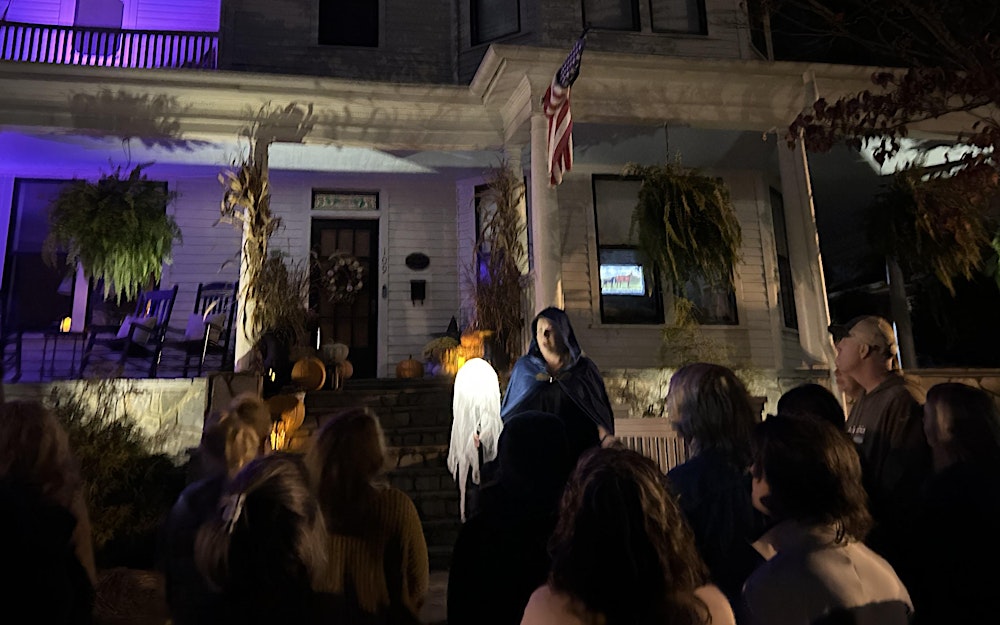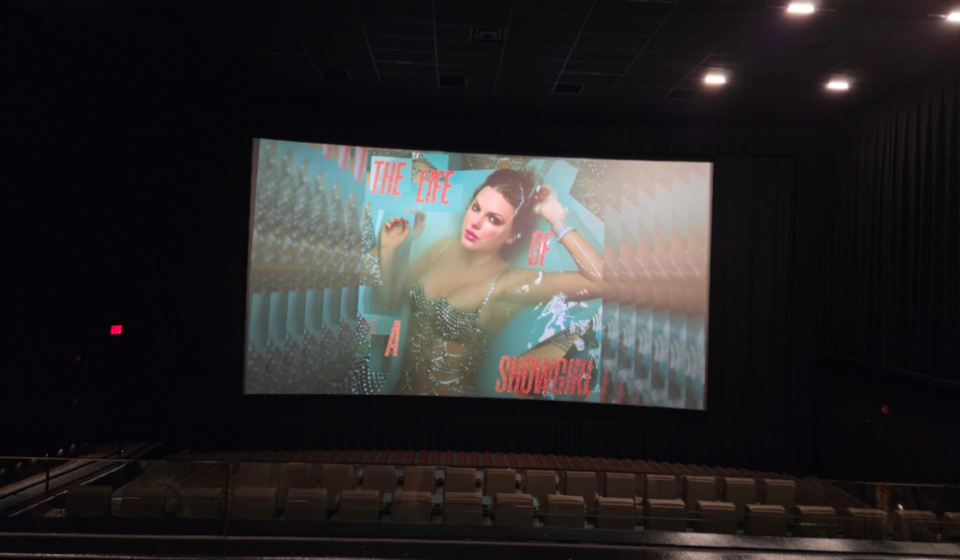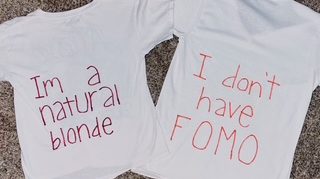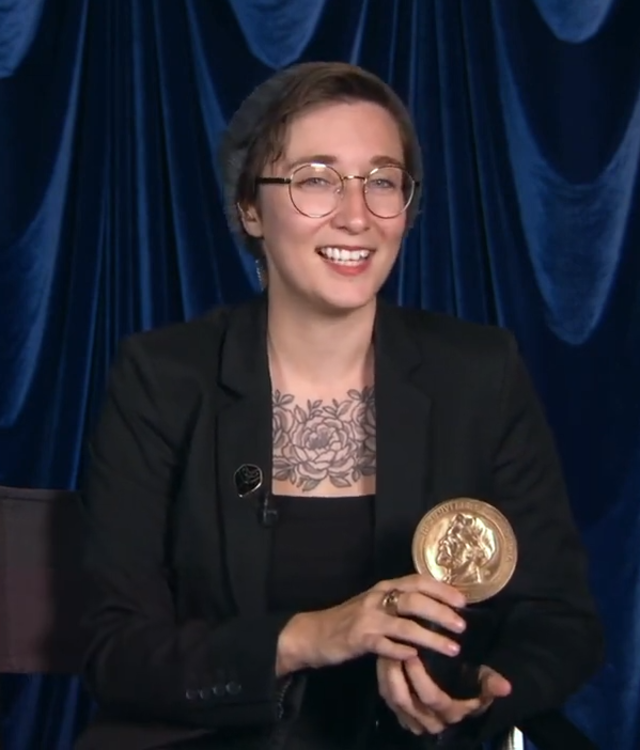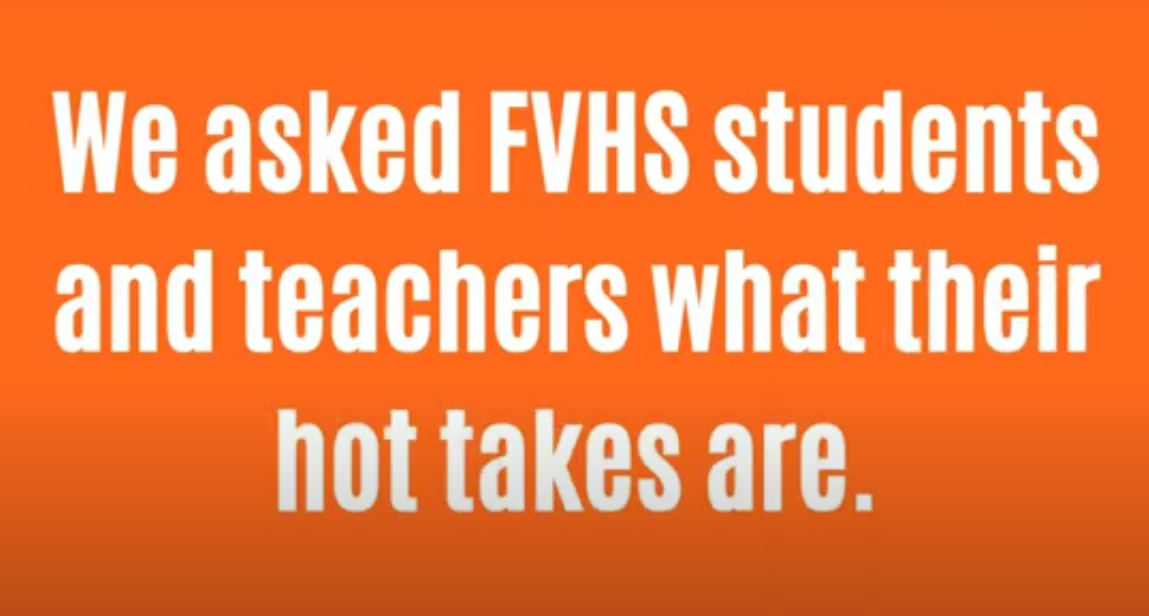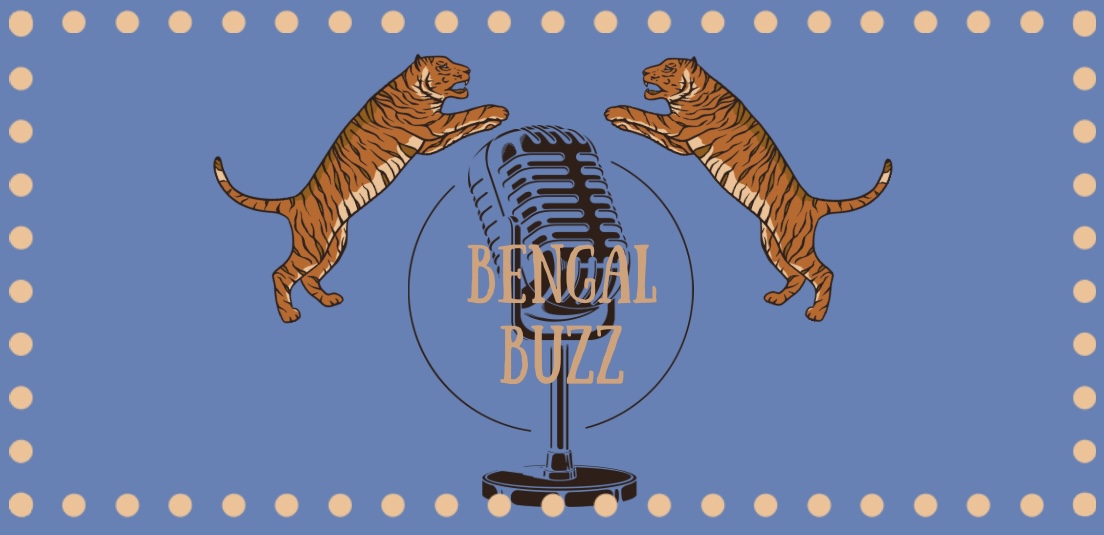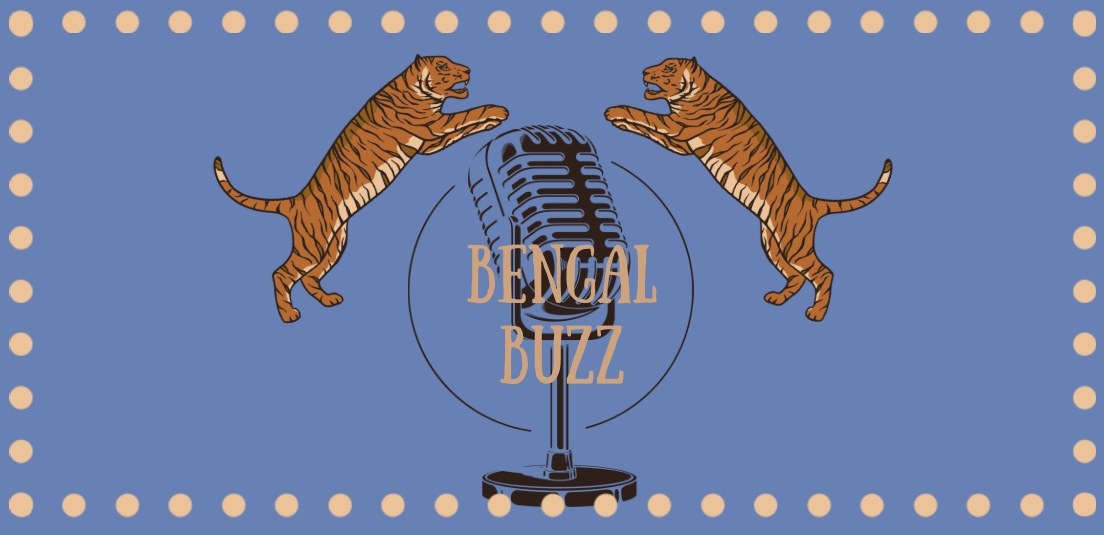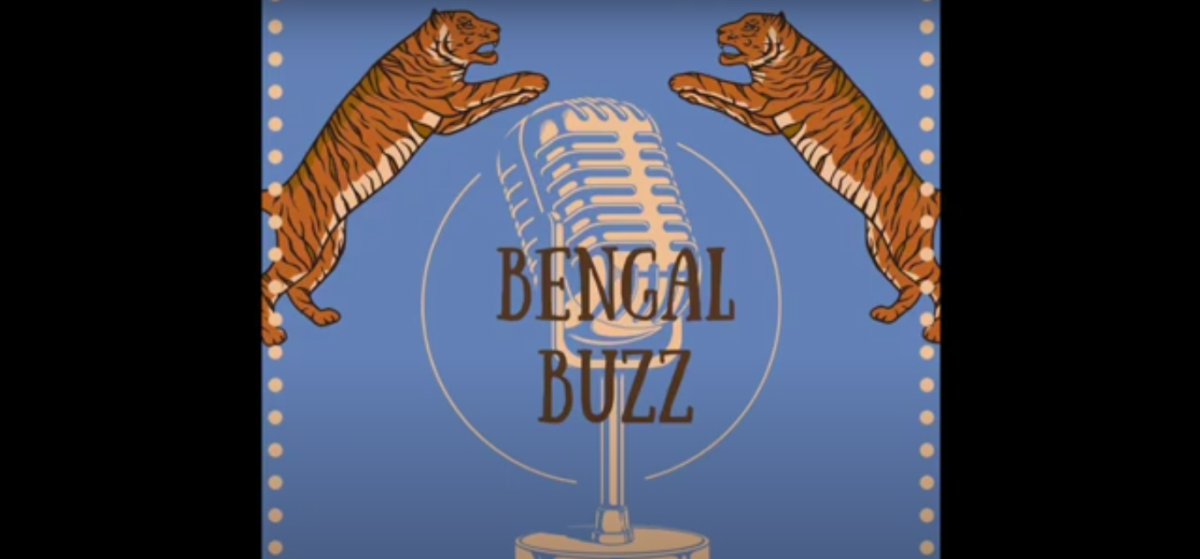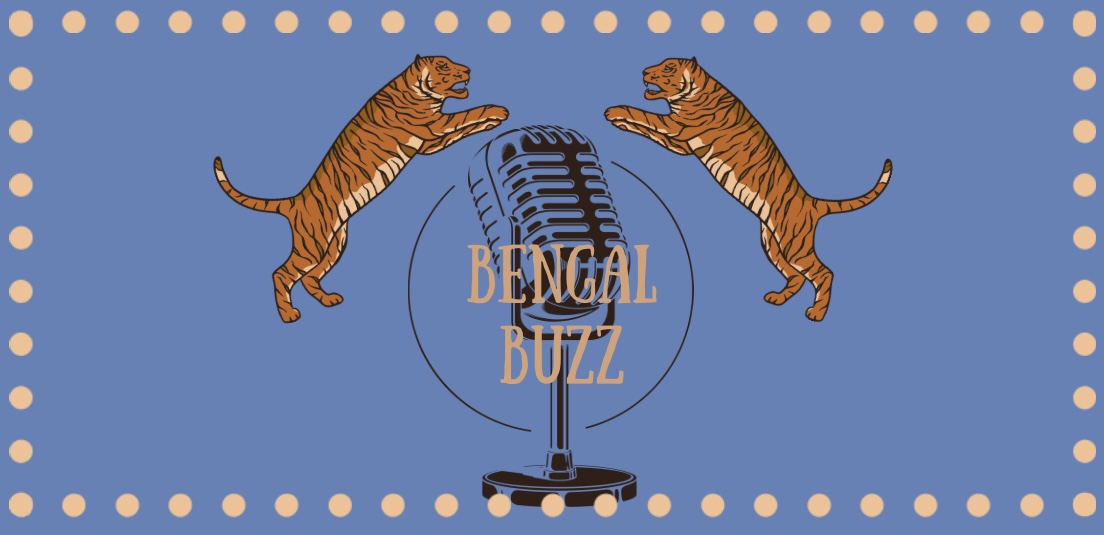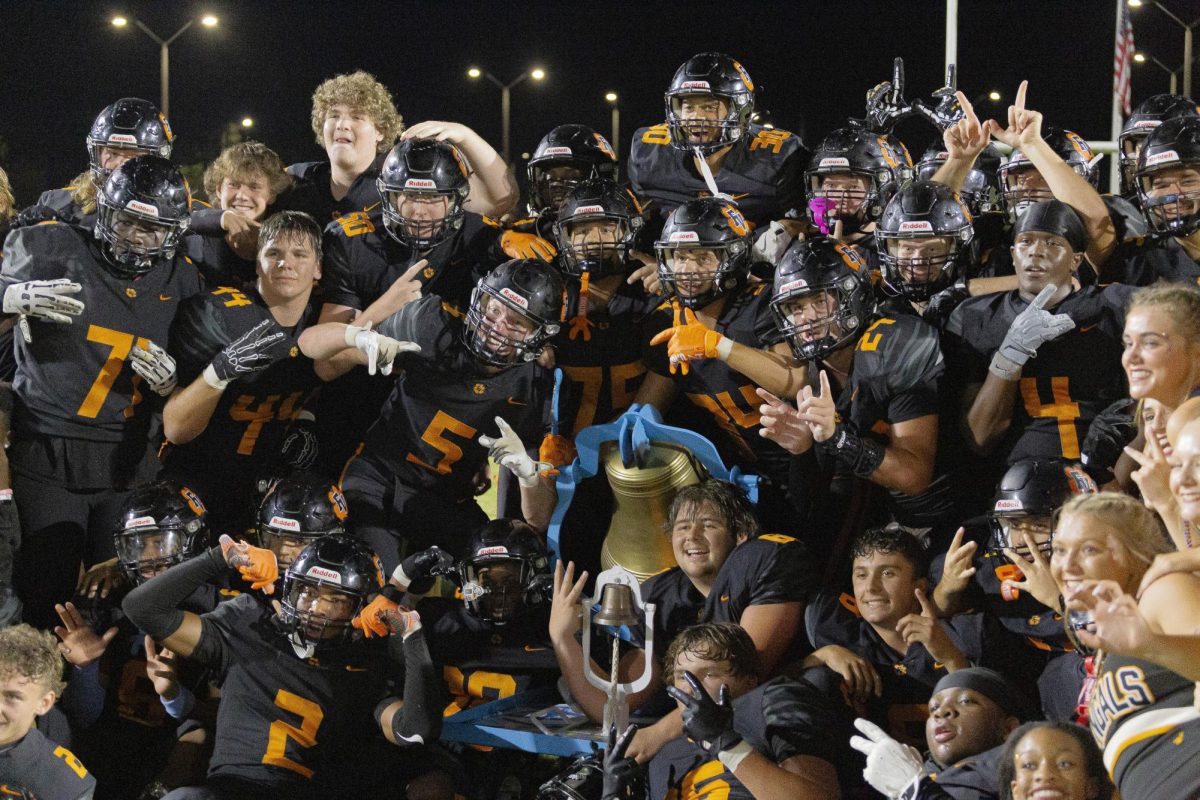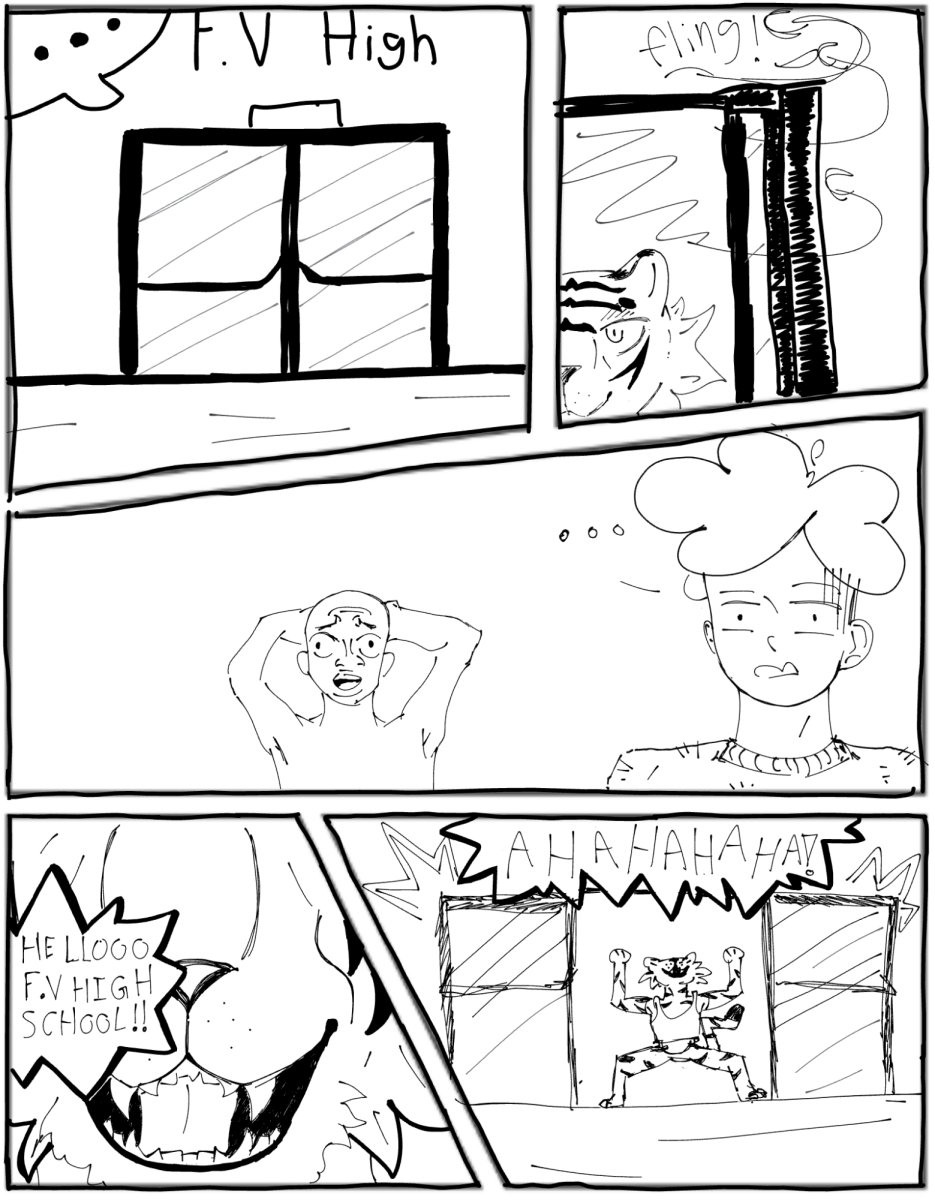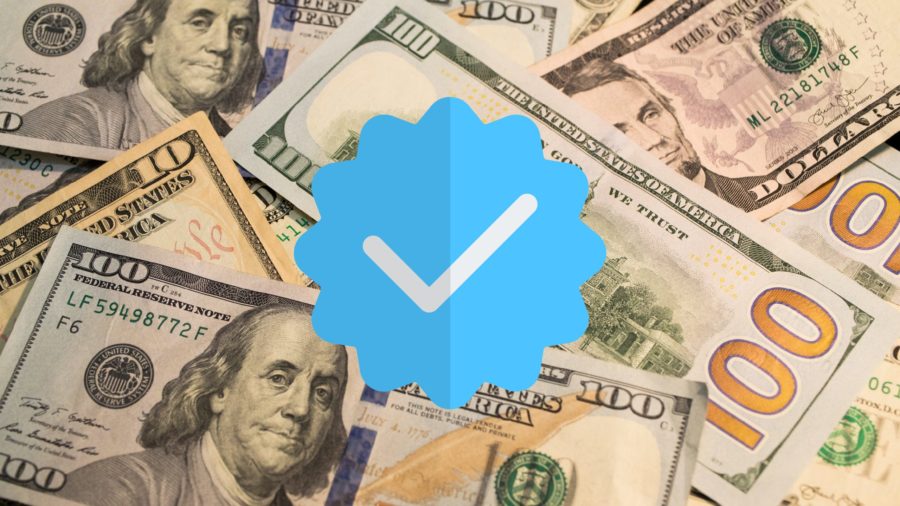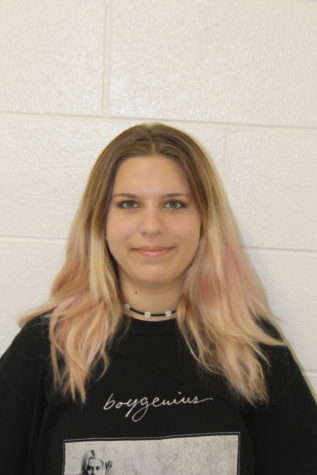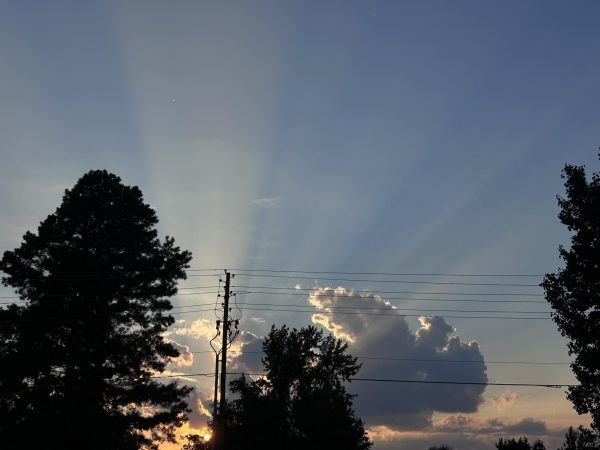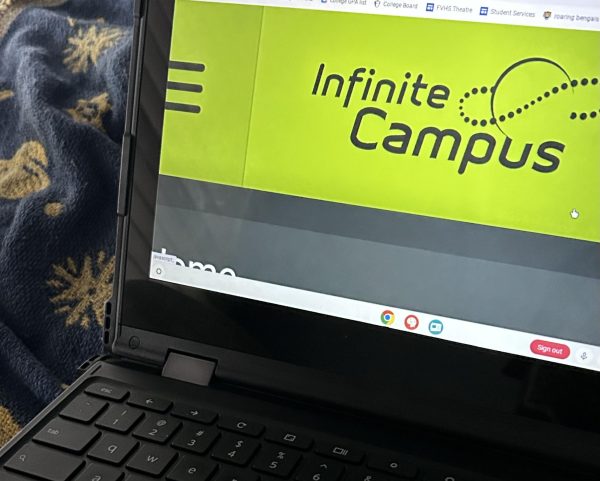The saturation of the “blue check”
Everyone knows what the Instagram blue checks are used for. They’re always for someone pretty famous, maybe with the exception of a famous person’s family member. But nowadays? People can buy a verification check on Twitter or Instagram instead of just being a famous person or public figure.
If you have been on the internet at any point in the past few days, you’ve probably seen some kind of post or article about the infamous social media platform that is Twitter. Ever since South African engineering tycoon Elon Musk became the CEO of Twitter, several large changes have been made to the platform.
The sudden change for Twitter happened recently when people who were given the “blue check” for whatever various reasons, got it taken away and now had to sign up for Twitter Blue.
For the blue checkmark on Twitter, it just means that the person has an active subscription to Twitter Blue. For Twitter Blue, you must meet certain requirements, including a display name and profile photo.
“Your account must be active in the past 30 days to subscribe to Twitter Blue. Your account must be older than 30 days upon subscription and have a confirmed phone number,” according to Twitter.
The verification symbol on essentially every social platform meaning the same thing for years has had people confused with the new meanings that Twitter and Instagram are putting out. Musk decided to make it $8 a month for anyone that wished to purchase it.
The above description of Twitter Blue doesn’t raise any eyebrows in the slightest. However, the fact that Musk has begun to remove the verification checks of twitter users who are not currently paying for Twitter Blue is more than unusual. Now that the blue checkmarks are beginning to vanish out of thin air, influencers and celebrities alike are voicing their opinions on the platform. Overall, the consensus seems to be that they would rather be unverified than give money to Elon Musk.
While some social figures were truly upset about their verification being removed, most of them chose to retaliate using humor. Radio personality Greg James tweeted, “I lost my blue tick but your rocket blew up so who’s the real loser,” as a way to poke fun at Musk following the failed SpaceX test launch that occurred the very same day most verification was removed from the platform.
Shortly after celebrities had lost their checkmarks, Twitter users noticed that horror author Stephen King still had a blue badge next to his name. Both fans and critics of his quickly assumed he was paying for Twitter Blue; however, his tweet addressing the situation raised more questions than answers.
“My Twitter account says I’ve subscribed to Twitter Blue. I haven’t. My Twitter account says I’ve given a phone number. I haven’t,” said King.
While some Twitter users were still skeptical about King’s verified status, Musk later confirmed that he was paying for certain public figures to remain verified. In response to a tweet from Pop Base, Musk stated, “Just Shatner, LeBron, and King.”
Surprisingly, all three of these celebrities were very against the new subscription service. In October of 2022, King tweeted, “…they should pay me. If that gets instituted, I’m gone like Enron.” King was not the only recipient of the gifted check that had criticism for the Twitter CEO. Both Shatner and James called out the subscription service shortly after the initial announcement was made.
Along with the three previously mentioned figures, a few other celebrities managed to keep their verified status. Singers Rihanna and Taylor Swift still have their blue badges, along with former U.S. president, Barack Obama. All three of them have yet to say whether they are paying for the verification, or it was handed over by Musk.
Musk’s original idea of taking away the check for everybody ended up not working out. He was forced to give it back to celebrities and public figures.
According to CNN, “Perhaps there was never going to be a world where high-profile accounts simply went unverified. After all, Musk needs famous people to be verified so that when users are shown Twitter’s algorithmically assembled For You feed by default, there will be quality content there for them to interact with.”
With Instagram and Facebook, it’s the same idea. Meta has introduced a paid verification that is $11.99 on the web and $14.99 on the mobile apps.
“You can join the waitlist to sign up for the subscription service online starting today. In addition to the monthly fee, you will have to be at least 18 years old. You need to complete the verification process and provide a government-issued photo ID to confirm your identity before being approved for a Meta Verified subscription. Two-factor authentication is also required. Meta Verified subscribers won’t be able to change their profile name, photo, username or date of birth unless they’re willing to complete the verification process again,” according to TechCrunch
The problem with all of this going on, is that the “blue check” has gotten so saturated that soon enough, everyone will have it and the old meaning of it will be lost. When big corporations like Meta or Twitter change the meaning of something that has stayed consistent since the dawn of social media, it begs the question, are they doing this just out of greed for more money?
Your donation will support the student journalists of Fuquay-Varina High School. Your contribution will allow us to purchase equipment and cover our annual website hosting costs.


